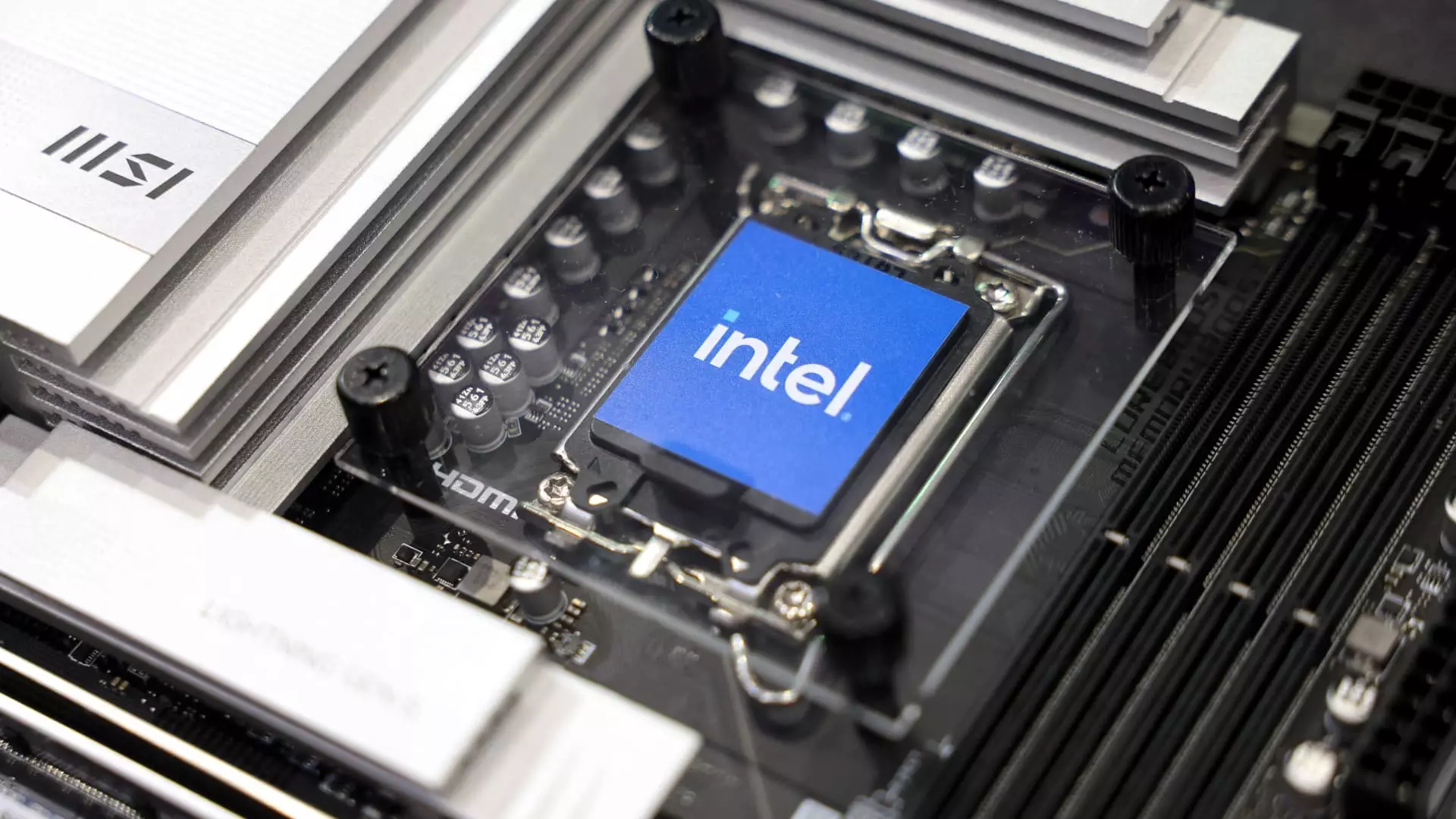In the ever-dynamic landscape of stock market trading, certain companies regularly distinguish themselves by making notable headlines. The midday trading scene provides a snapshot of performance indicators, reflecting investor sentiment, market movements, and the overarching state of economic health. This article delves into various companies that made significant swings in share prices during midday trading, prompting analysis and insights into their financial health and future forecasts.
In a remarkable display of volatility, shares of Tapestry surged more than 14% while its competitor, Capri, faced a staggering 47% decline. This drastic divergence stemmed from a judicial decision favoring the Federal Trade Commission (FTC). The ruling blocked Tapestry’s attempts to acquire Capri, a move that could have reshaped the competitive landscape in the apparel sector. For Tapestry, this ruling provides a sigh of relief, allowing the company to continue its independent operations. On the other hand, Capri’s plummeting stock price signals investor concerns about its future prospects, highlighting the broader implications of regulatory scrutiny in corporate mergers and acquisitions.
Amidst the tumult, L3Harris Technologies emerged favorably with a 3.5% rise in its stock value. The defense contractor presented an impressive earnings report for the third quarter, surpassing expectations on both revenue and earnings fronts. The company increased its lower earnings forecast, reinforcing market confidence as its projected adjustments rose to between $12.95 and $13.15 per share. The optimistic outlook contrasts sharply with the industry’s general cautiousness, suggesting L3Harris is well-positioned to navigate the complexities of defense contracting in a post-pandemic market.
Despite exceeding analyst forecasts, Colgate-Palmolive’s shares fell over 3%. This paradox points to a nuanced reality in financial markets: even with strong performances, some companies may still face skepticism. The household goods giant reported adjusted earnings of 91 cents per share alongside revenues of $5.03 billion, both above estimations. However, market dynamics, including costs of raw materials and changing consumer behavior, could be contributing to investor apprehension, demonstrating the unpredictability of market reactions to earnings reports.
On a positive note, Western Digital’s stock jumped by 7%, buoyed by an earnings beat in its fiscal first quarter report. The company reported adjusted earnings of $1.78 per share despite slightly missing revenue expectations with $4.1 billion instead of the anticipated $4.12 billion. This divergence indicates that while revenues are crucial, profitability further boosts investor enthusiasm. The data storage sector appears to be regaining traction, hence encouraging market optimism around Western Digital’s capacity to recover post-pandemic.
Digital Realty Trust, a key player in real estate investment trusts (REITs), saw its shares rise by an impressive 11%. The company reported record lease bookings, illustrating robust demand within the data center sector. Additionally, it tightened its guidance for core funds from operations, forecasting between $6.65 and $6.75 per share. The strong performance signals a thriving demand for data storage and management infrastructure, likely spurred by the continued digital transformation across industries.
However, not all was bright, as Coursera’s shares fell by 8%. Despite beating expectations in the third quarter, management expressed concerns about weak demand and retention trends in the online education sector, projecting fourth-quarter revenue to be on par with market expectations. This reflects broader challenges in consumer engagement in the e-learning market as more institutions return to traditional educational methods, prompting criticism of Coursera’s ability to maintain growth.
Lastly, HCA Healthcare’s shares tumbled over 9% despite reporting solid revenues of $17.49 billion. The firm’s performance fell short of analyst expectations, highlighting ongoing profitability dilemmas within the healthcare sector amidst rising operational costs. The narrow miss in adjusted earnings further highlights potential vulnerabilities as healthcare providers balance between delivering quality care and controlling expenses in an ever-challenging economic environment.
The fluctuations seen during midday trading serve as a vivid reminder of the unpredictable nature of financial markets. While certain companies bask in the glow of unexpectedly positive reports, others grapple with unforeseen setbacks driven by external decisions or changing consumer behaviors. As investors navigate these turbulent waters, understanding the broader implications of these movements will remain key. Market reactions, driven by a myriad of factors, elucidate the ongoing story of economic resilience and adaptability.

